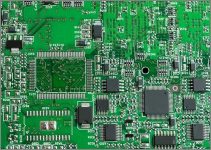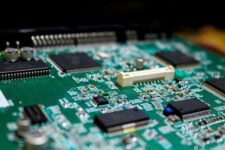2021 Best SMT Guide for Beginners: Basic Concepts

SMT stands for Surface-mount technology. It is a method of mounting electrical components directly on a printed circuit board’s surface (PCB). A surface-mount device is an electrical component that is installed in this manner. SMT has essentially supplanted the through-hole technology construction method of fitting components in the industry, owing to its enhanced manufacturing automation lowers costs and increases quality. It also makes it possible to fit more components into a given area of the substrate. You can manufacture 2-4 layer PCB at JLCPCB for as low as $2 and even get free SMT assembly by acquiring coupons. Additionally, if you are a newcomer to JLCPCB you can get one time $18 registration coupon which can be spent to test manufacturing capabilities and even get assembled PCB nearly for free.





